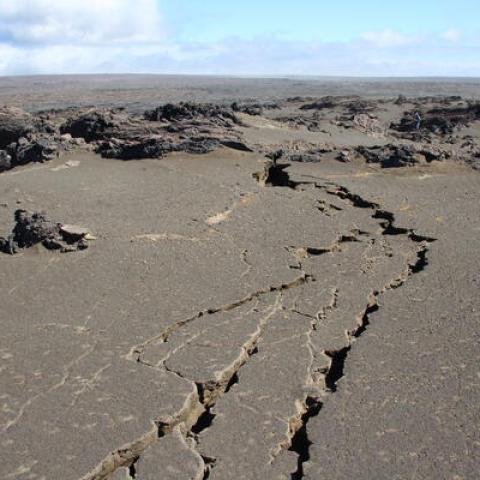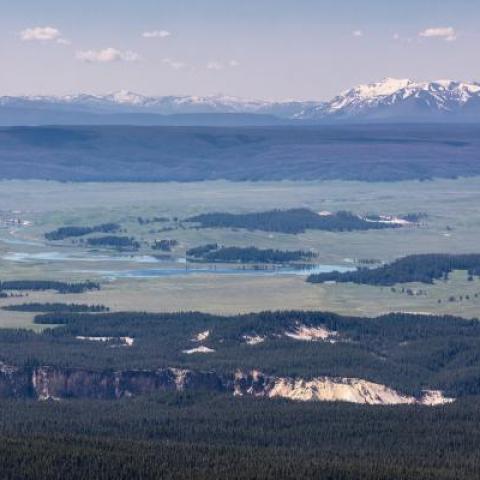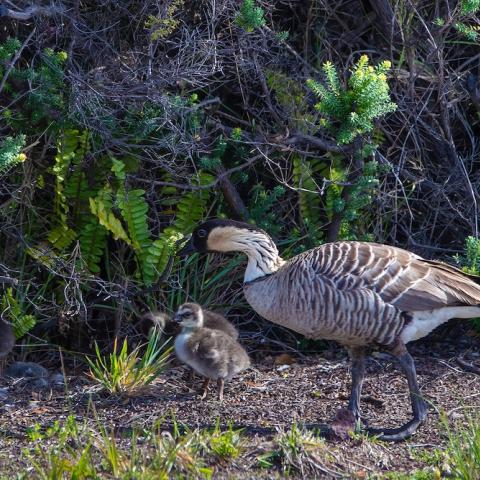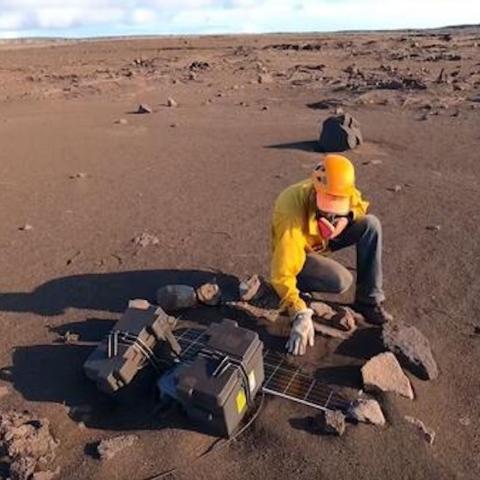Appreciating The Contributions Of ʻŌlelo Hawaiʻi To Volcanology
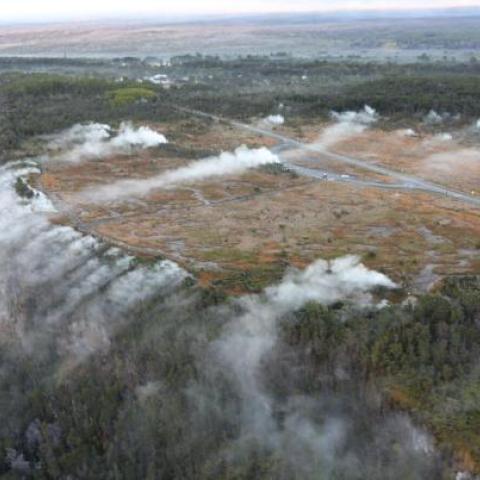
February is Mahina ʻŌlelo Hawaiʻi, Hawaiian Language Month, and an opportunity to appreciate the value that the Native Hawaiian language has provided to volcanology, especially here in Hawaiʻi nei.
- By NPT Staff - February 26th, 2024 2:30am



